
 Artist’s impression of the King Abdul Aziz International airport Phase 1 expansion.
Artist’s impression of the King Abdul Aziz International airport Phase 1 expansion.
The estimated $1.5 billion project to redevelop and expand King Abdul Aziz International Airport (KAIA) in Jeddah has marked a significant milestone with the completion of the masterplan of the development early last month.
In addition, Dar Al Handasah (Al Shair and Company) has also just been awarded the construction management services contract for the project.
As per the masterplan, the new passenger terminal complex will be developed in three phases to meet the future objectives of developing the airport’s commercial potential and hub operation. The project aims to more than triple the airport’s passenger handling capacity, from the current 25 million to 80 million by 2011.
Phase One includes a new passenger terminal complex comprising two crescent-shaped terminal buildings, associated facilities, access roads, terminal apron and a tunnel under the central runway.
As a prelude to the construction of new passenger terminal complex at KAIA, the client for the project, General Authority of Civil Aviation (GACA), launched the airfield facilities upgrade project last November.
“As a part of the privatisation efforts, the GACA has – on a build-operate-transfer (BOT) basis – planned and contracted out the upgradation works of the KAIA desalination plant and the Hajj Terminal Complex, which are to be completed in less than three years,” Adnan A Zuhairy, director of the KAIA Development Project, informs Gulf Construction. “It has also awarded the airfield facilities upgrade project.”
“The first phase of the new passenger terminal complex and associated facilities will be ready and commissioned by 2011,” he says.
According to Zuhairy, the KAIA masterplan is being developed to make the KAIA a unique airport in the region to:
• Increase the airport’s handling capacity to • 80 million passengers per year;
• Operate the airport as a hub;
• Offer the highest standards of convenience, safety, security and comfort of the passengers; and
• Increase the investment, commercial and services aspect of the airport.
Phase One of the development will allow all airlines to operate under one roof to facilitate the movements of passengers and their cargo. Under this phase, the terminal complex will have 42 contact gates and 74 loading bridges. The apron space will be available to simultaneously park up to 62 aircraft of various groups.
“Phase One will increase the annual passenger capacity from 25 to 30 million. The work on this phase will also include developing a network of major intersections at the south end of the airport to integrate the new passenger terminal complex and the commercial areas of the city of Jeddah,” he comments.
The construction management services contract for the first phase of the project was award in March to Dar Al Handasah (Al Shair and Company). The five-year contract covers preliminary planning of all project components of phase one; preparation of the design, scope of work, evaluation of proposals and management of design services; review and approval of design up to the executive drawings plan; preparation of project management and supervision procedures; preparation of plans to ensure that the airport’s operations remain uninterrupted during the construction phase; and preparation and supervision of the commissioning phase of airport until commercial operations are launched.
Airfield facilities upgrade project
Meanwhile, Al Mabani Contractors was selected to undertake the airfield facilities upgrade project and site was handed over to the contractor last November. The tender documents for the development of the project were prepared by the Project Management Team of King Abdul-Aziz International Airport Development Project (KADP).
The SR902.8 million ($240.8 million) contract, which is scheduled to be completed in October 2009, entails upgrading all runways, taxiways and aprons to accommodate the new-generation aircraft; construction of a new apron with complete infrastructure and a fuel system; upgrading electrical/mechanical works, the air navigation system, airfield lighting, special systems and information technology; and rebuilding of two and construction of four new satellite fire stations.
Hajj Terminal
Over the past year, GACA has also awarded other contracts and launched developments related to the KAIA project, including the signing of BOT deals for the KAIA desalination plant and the Hajj Terminal redevelopment projects. It also intends to launch major renovation works at the KAIA North and South Terminals.
Dar Al Handasah was entrusted with the rehabilitation and expansion study for the Hajj Terminal, which was built when the airport was first opened in 1981. The redevelopment project for the 465,000 sq m terminal – which features a distinctive white PTFE-coated fibreglass membrane roof – aims to increase its capacity to handle 3,500 departing Hajj passengers per hour and 3,800 arrivals per hour by 2024. At one time, the terminal currently has a capacity to handle an estimated 50,000 arrivals in a period of up to 18 hours and 80,000 for up to 36 hours during departure. Dar Al Handasah has also conducted a cost study for the Umrah peak period for 2035 to handle a projected 9,005 passengers per hour.
The redevelopment will feature a plaza area including prayer halls, retail, bank, food courts; a terminal building including all airport services, processing phases and lounges; 10 contact gates, with additional remote gates.
The terminal caters for two types of movements: as a one-way terminal during the Hajj period where the load of a full aircraft is channelled one way either arrival or departure; and as normal passenger terminal off the Hajj period, corresponding to the Umrah period.
According to Dar Al Handasah, the redevelopment cost of the east side terminal is estimated at $138 million, while the westside terminal is $150 million.
“The plan of the existing Hajj Terminal has an extremely regular geometry made by the repetition of the tent unit in three by seven units for each module which in turn is repeated five times, in addition to a two-storey terminal building under the tents and a plaza area. The expansion will be undertaken over three phases,” according to Dar Al Handasah.
GACA
GACA, which has been operating as the Presidency of Civil Aviation (PCA) under the Ministry of Defence and Aviation, has now been reorganised as an administrative and financially-independent authority that aims to keep up with the latest trends in the civil aviation business.
With its new name and new logo, GACA has entered embarked on aggressive plans to expand and upgrade all airports in the kingdom and stay in the forefront of the aviation technology to meet all challenges of the future. In addition to the ongoing mega projects at KAIA, it is also spearheading the transformation of Madinah Airport into an international facility and intends to undertake expansion works at various local and regional airports kingdom wide.
GACA, which has a staff strength of 5,000, is headquartered in the Bani Malek District of Jeddah with operation offices at all airport locations kingdom wide.
Its role can be categorised as:
• Operational – which is to construct, establish, manage, operate, maintain and develop civilian airports; supervise the airports’ workforce and provide fundamental support; and establish and operate air navigation systems according to the international standards;
• Organisational – which entails enforcing local and international regulations of the civil aviation and air transport industries within the kingdom; issuing licences required for all civil aviation-related operations; signing bilateral aviation agreements; establishing rules and regulations related to the safety of airports, air transport, operation standards and maintenance; setting up systems to improve the airport facilities to increase the revenues and develop and maintain investment opportunities; and
• Services – which include establishing managing, operating, maintaining and developing air navigation systems, control air traffic and provide entrance and landing licences.




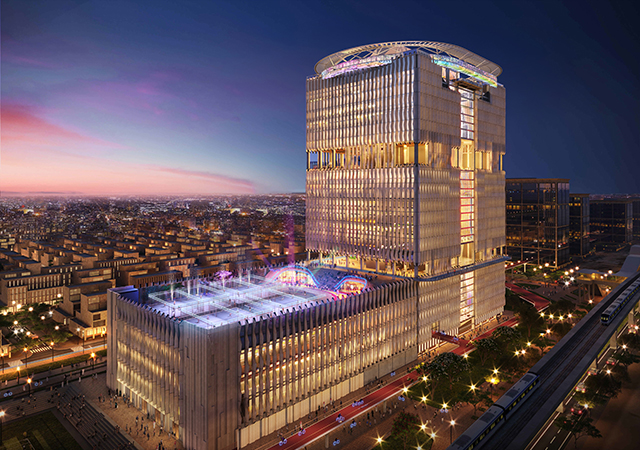
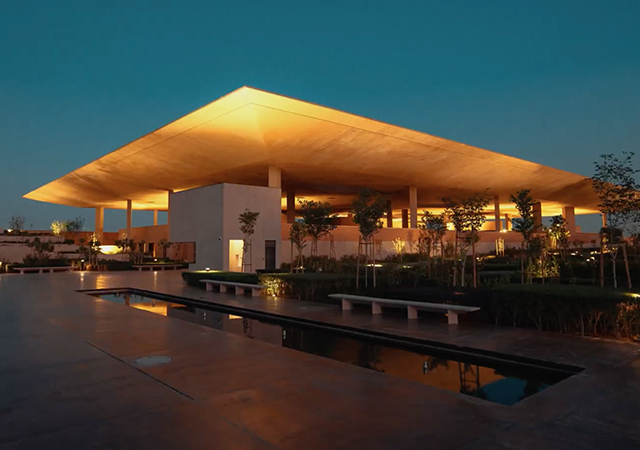
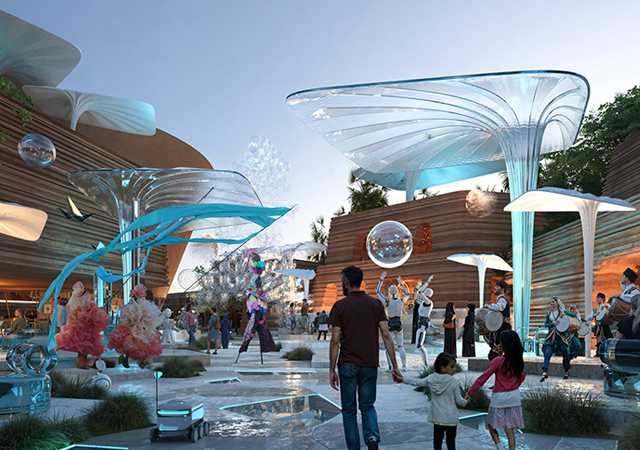

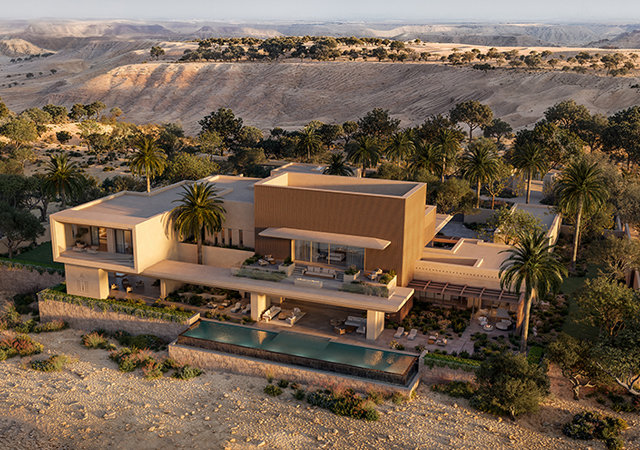
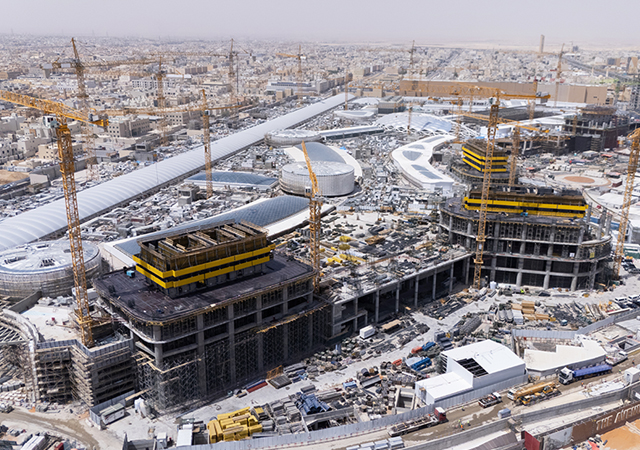
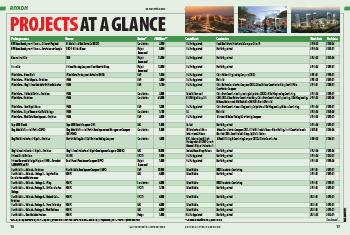
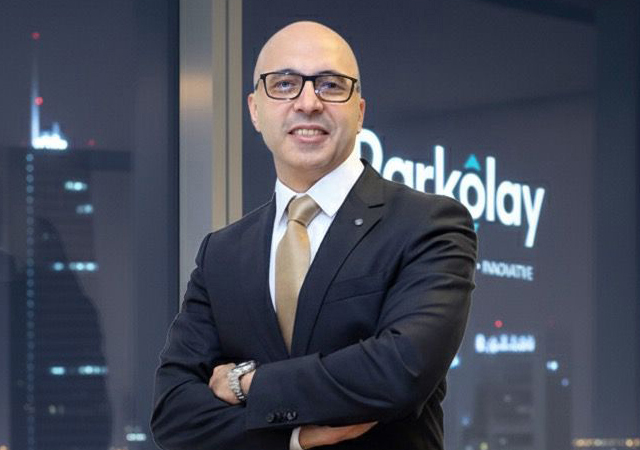
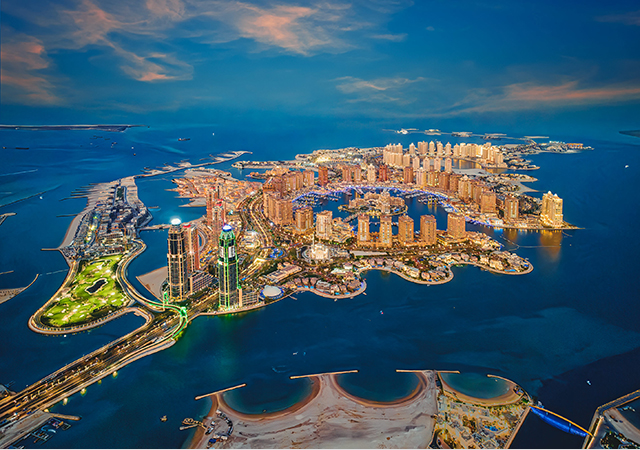

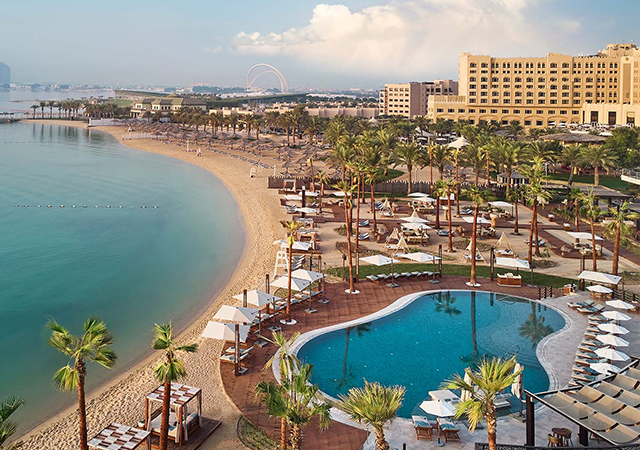

.jpg)
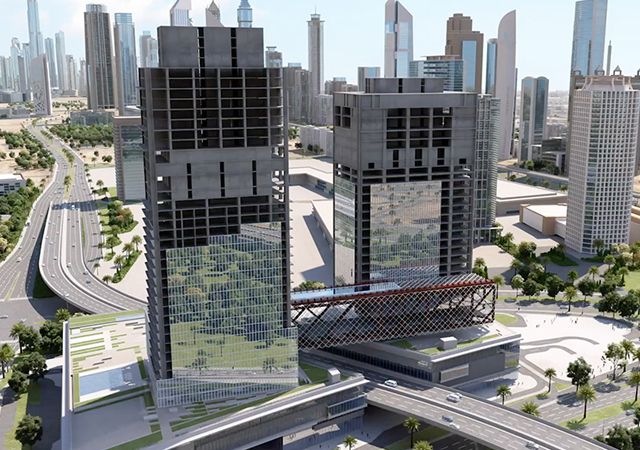

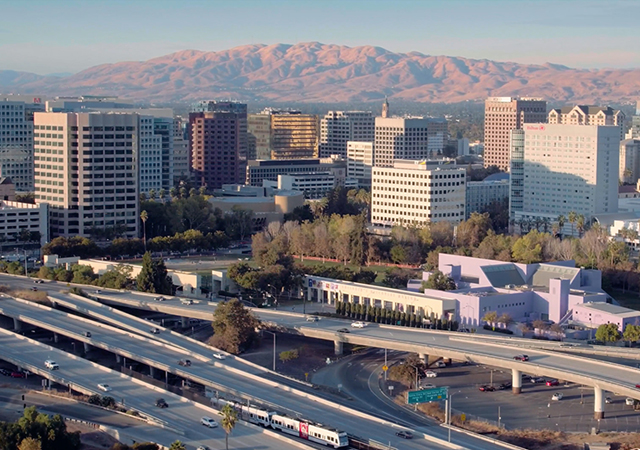
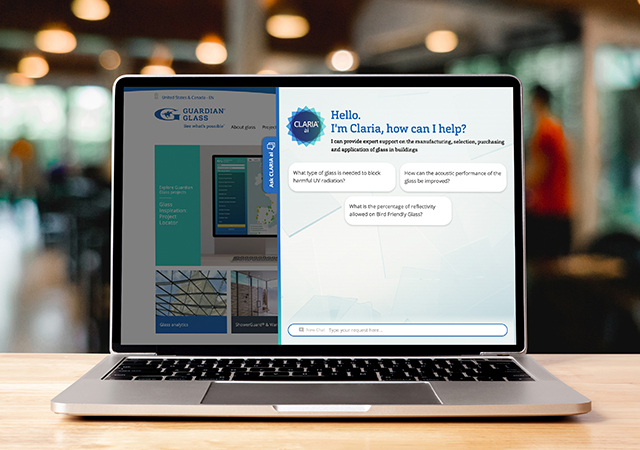


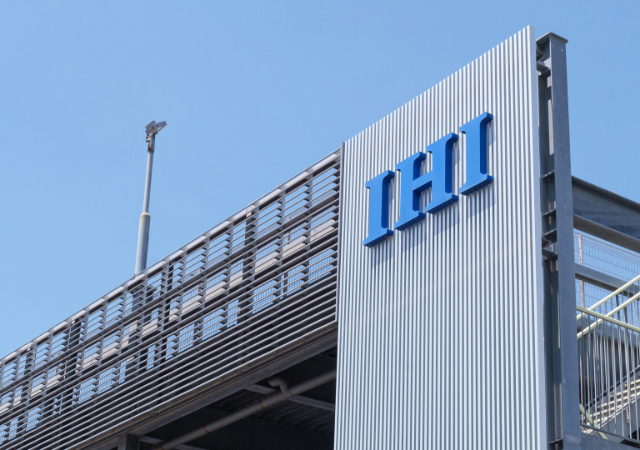

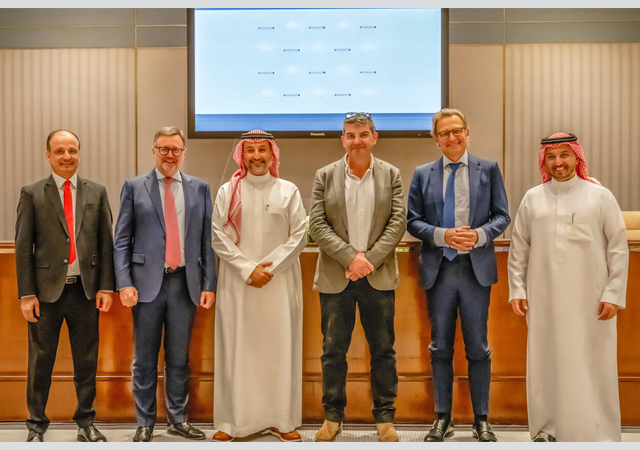
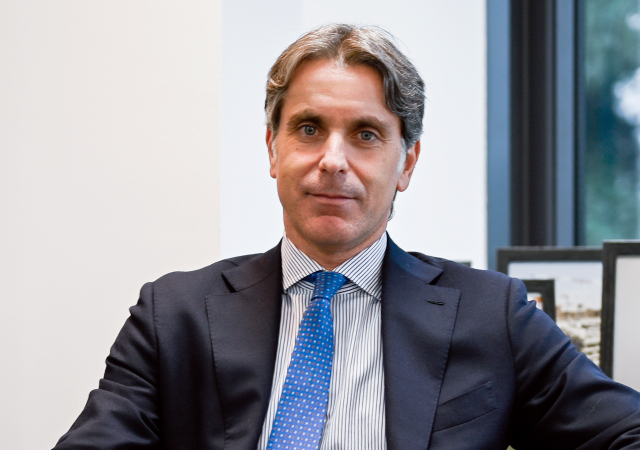


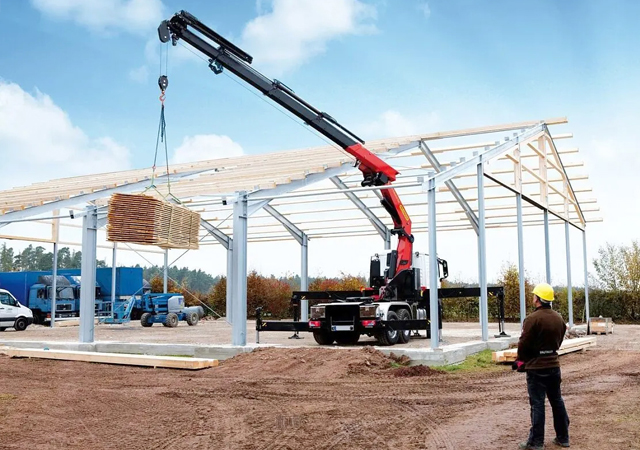
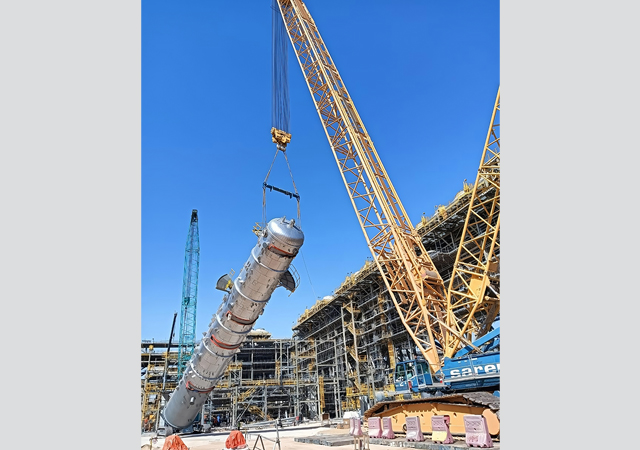
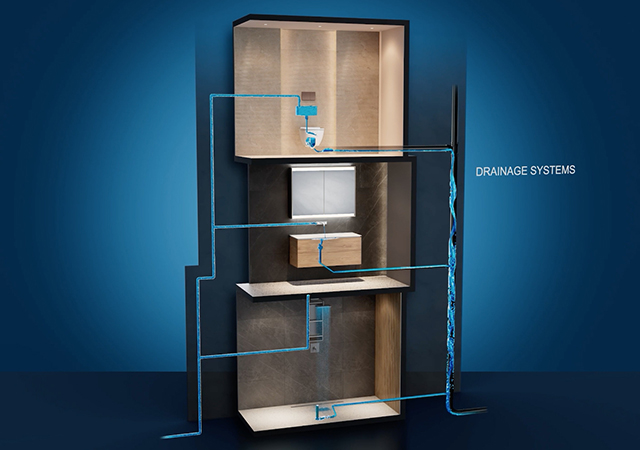
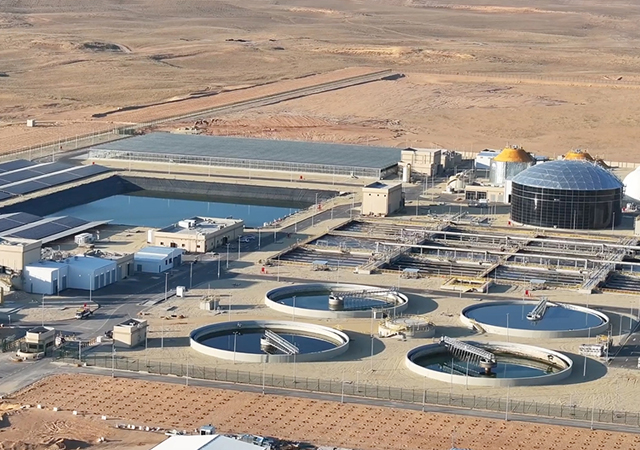

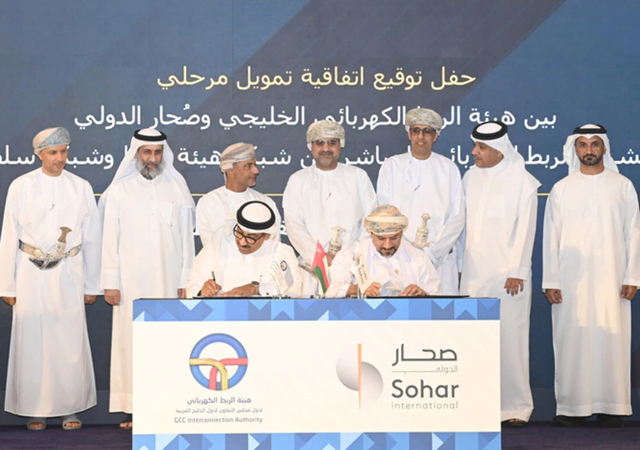
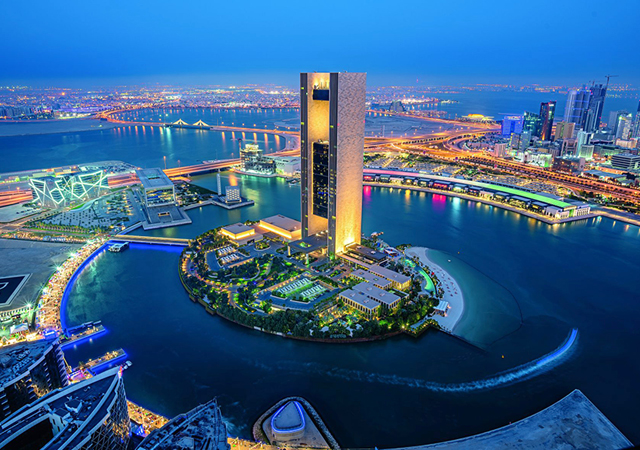

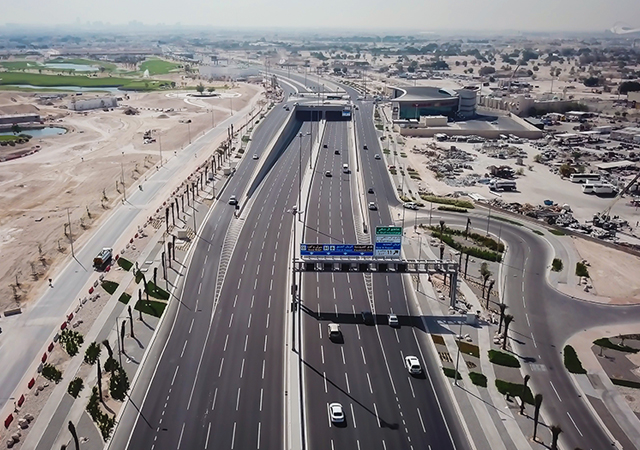
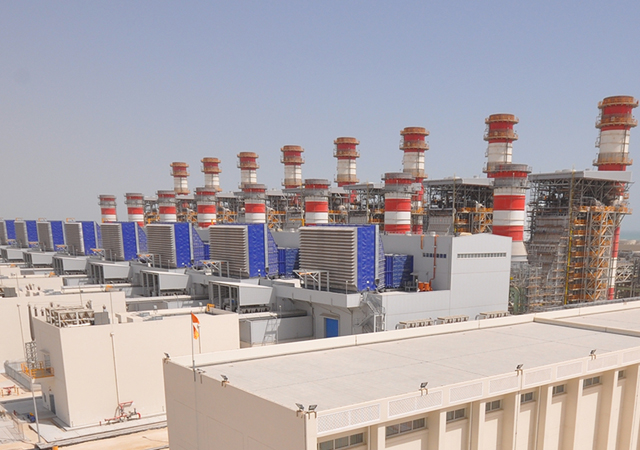
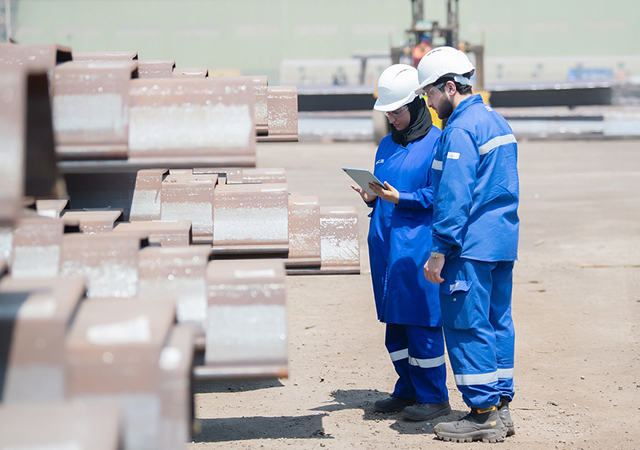


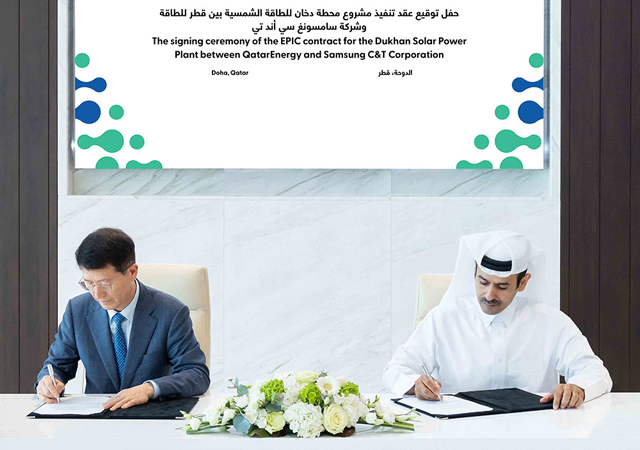
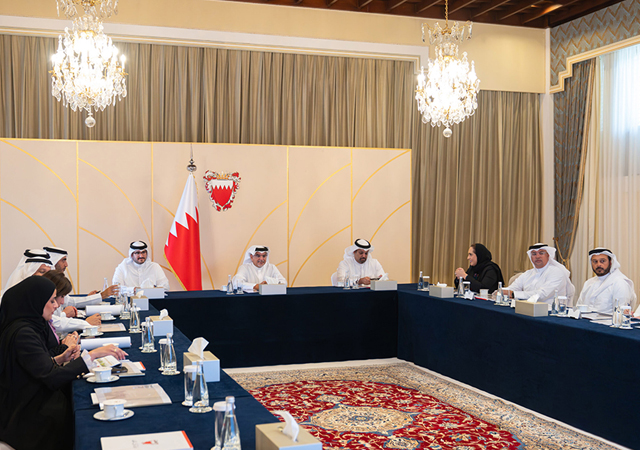


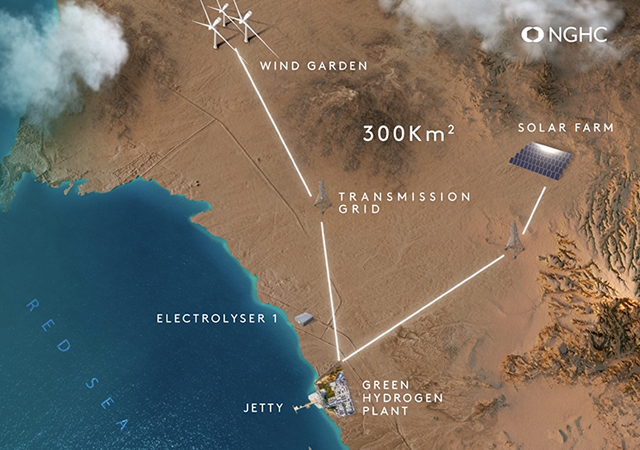
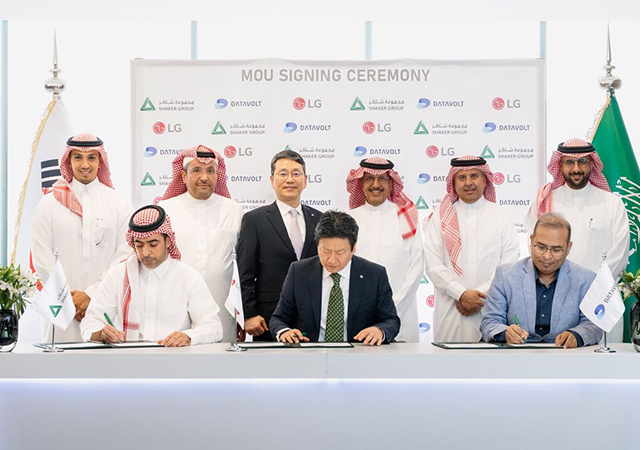
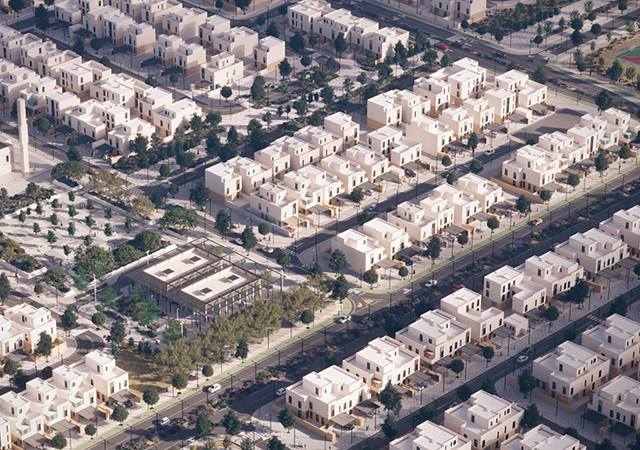
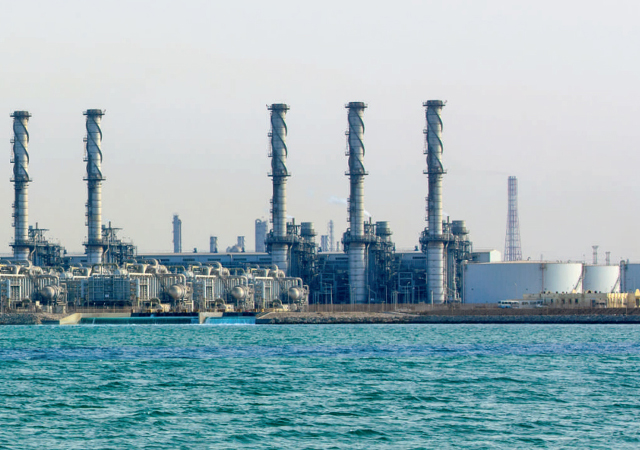
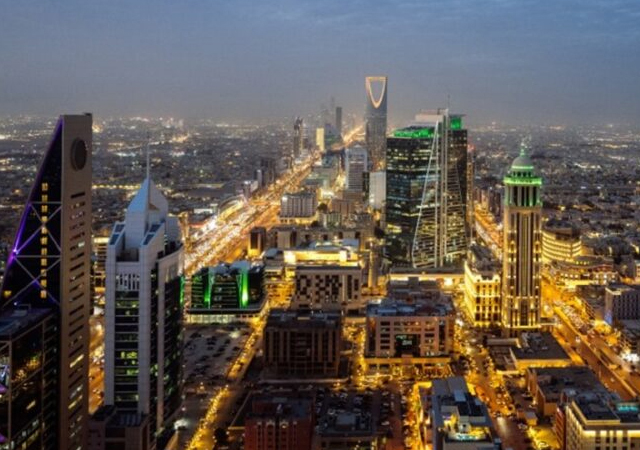
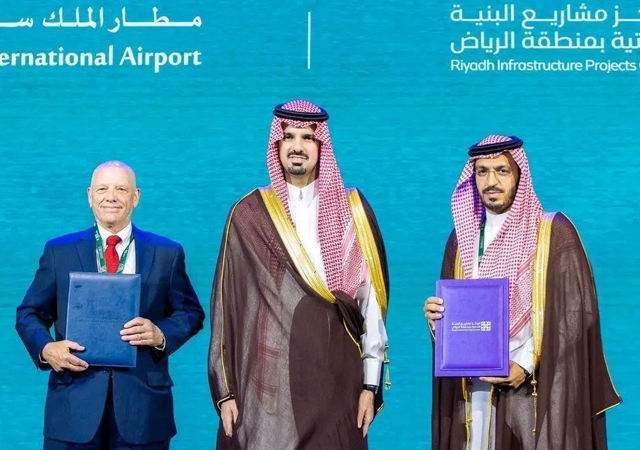

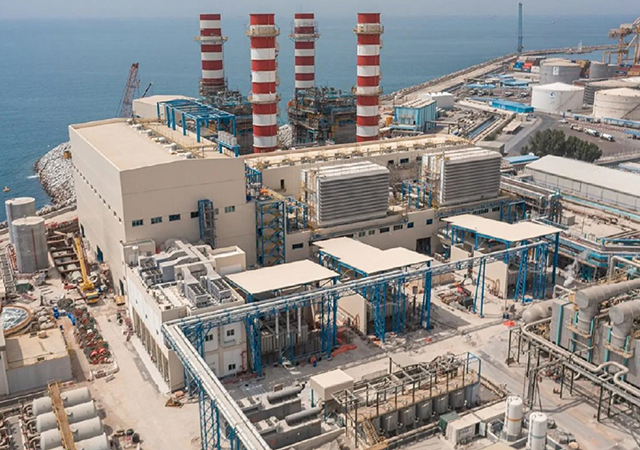
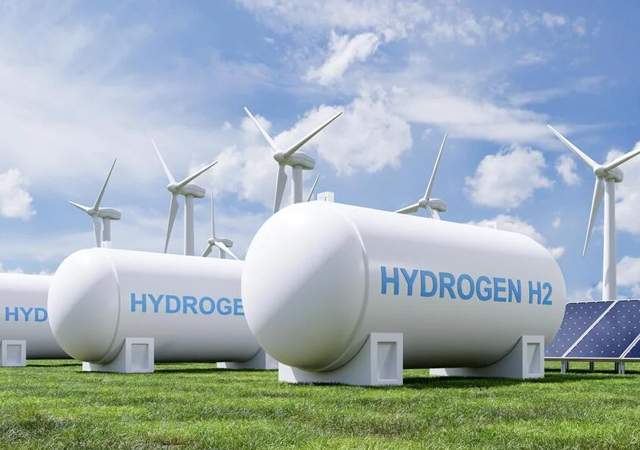
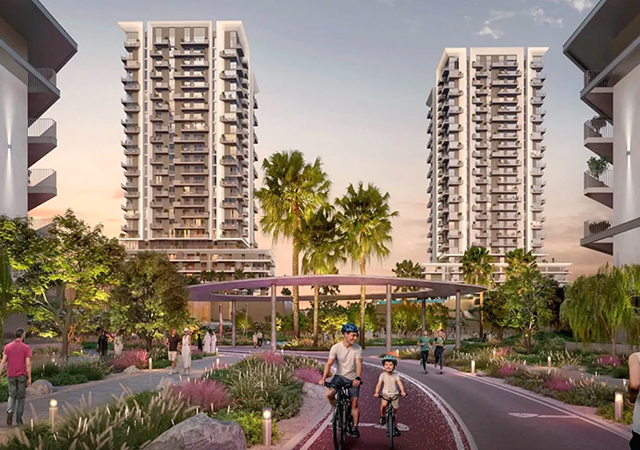

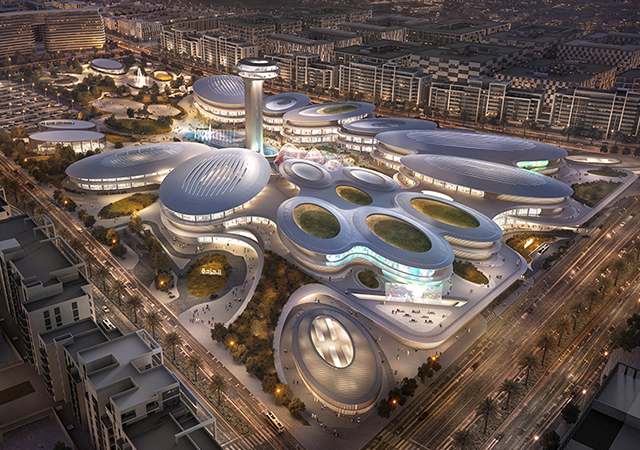
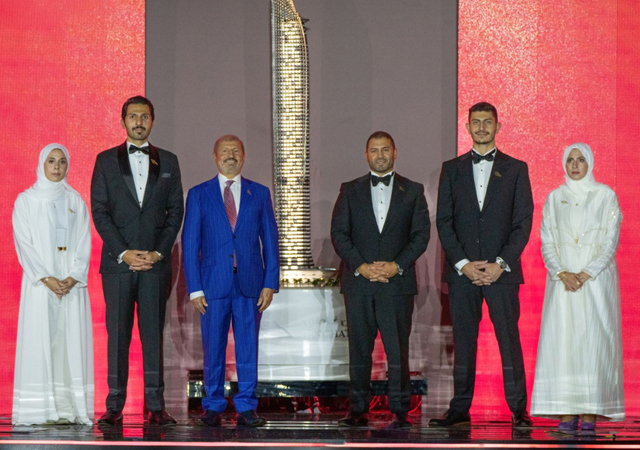
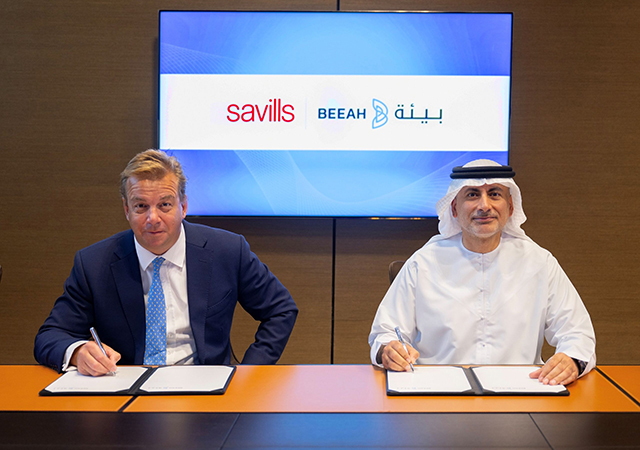



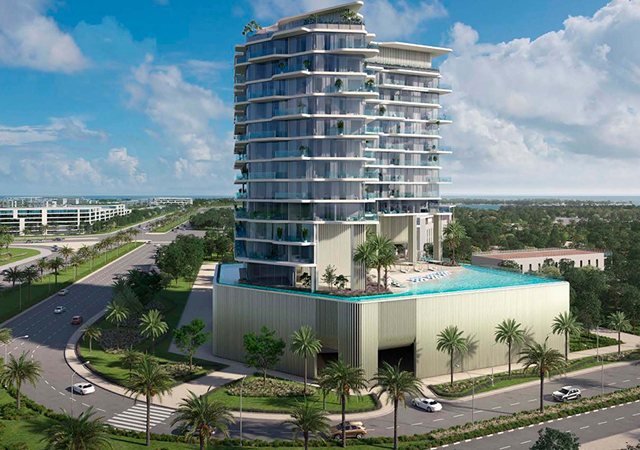
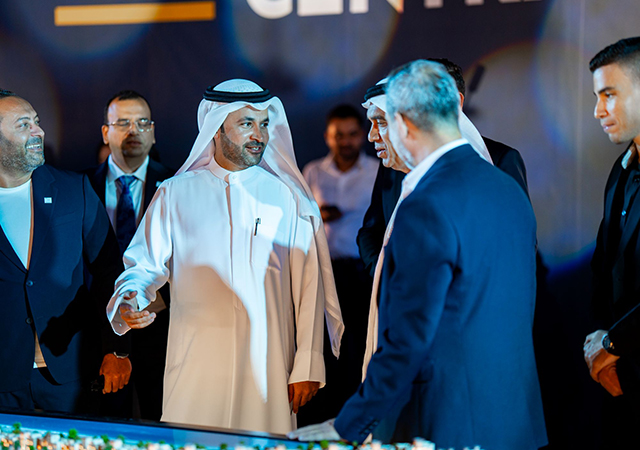
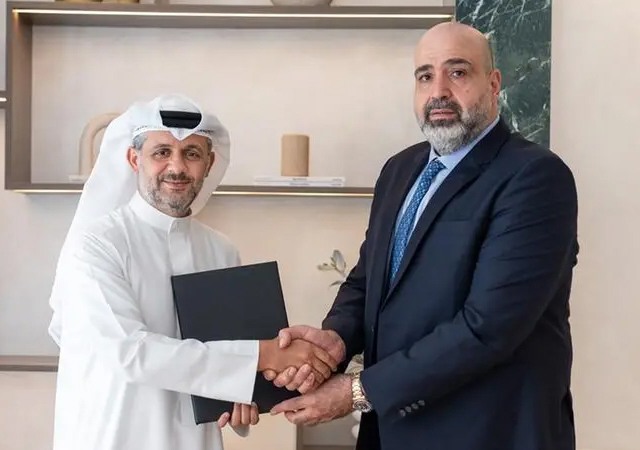
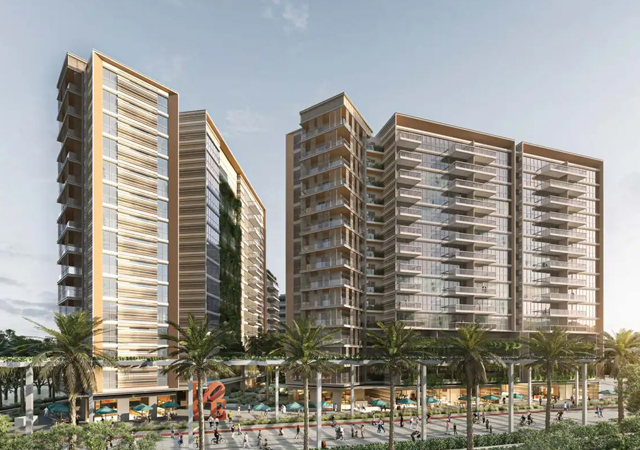

.jpg)

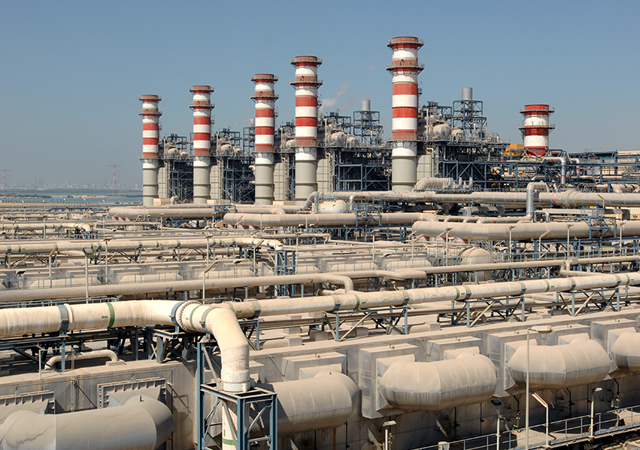
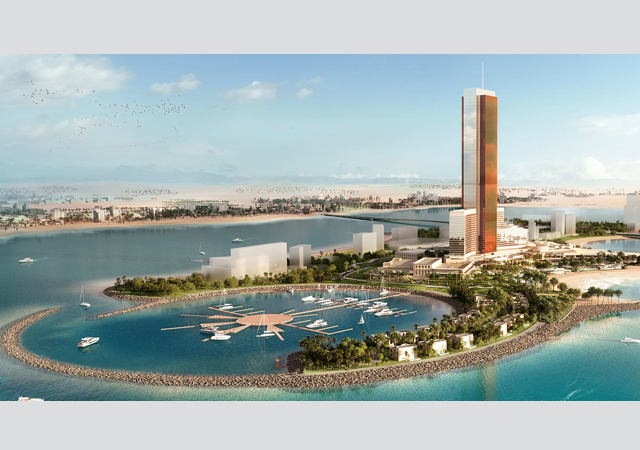
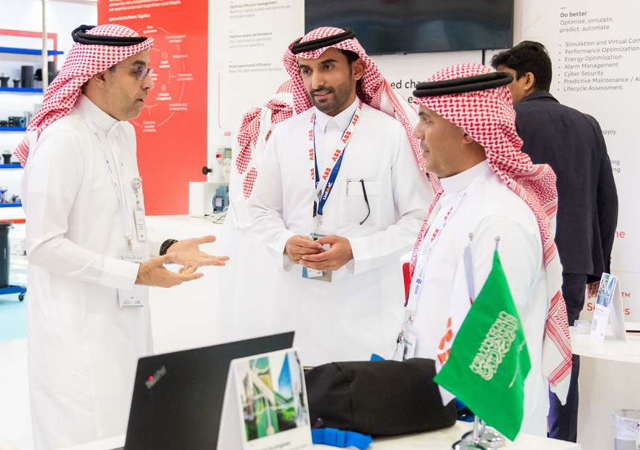
.jpg)

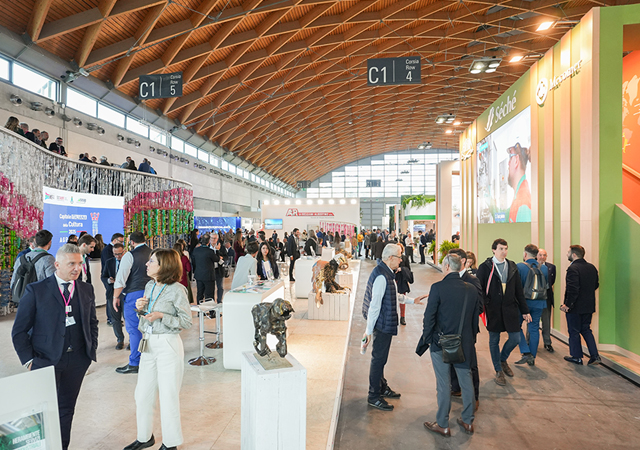
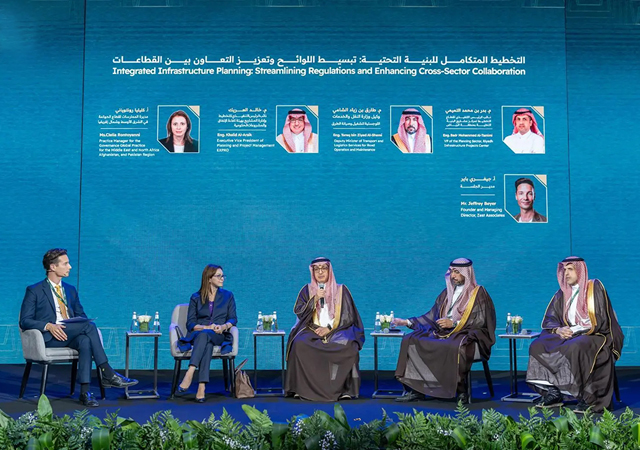
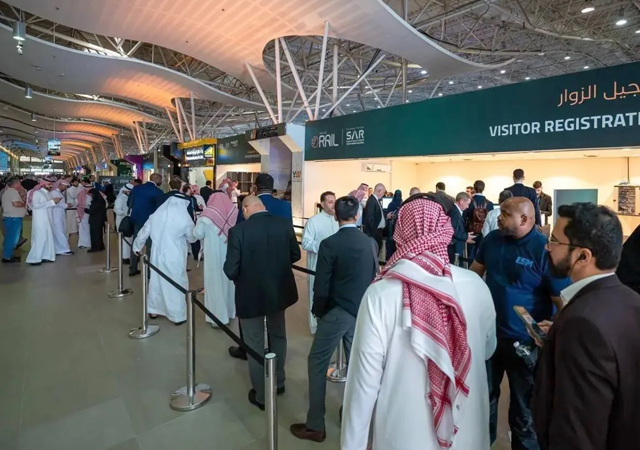









.jpg)















